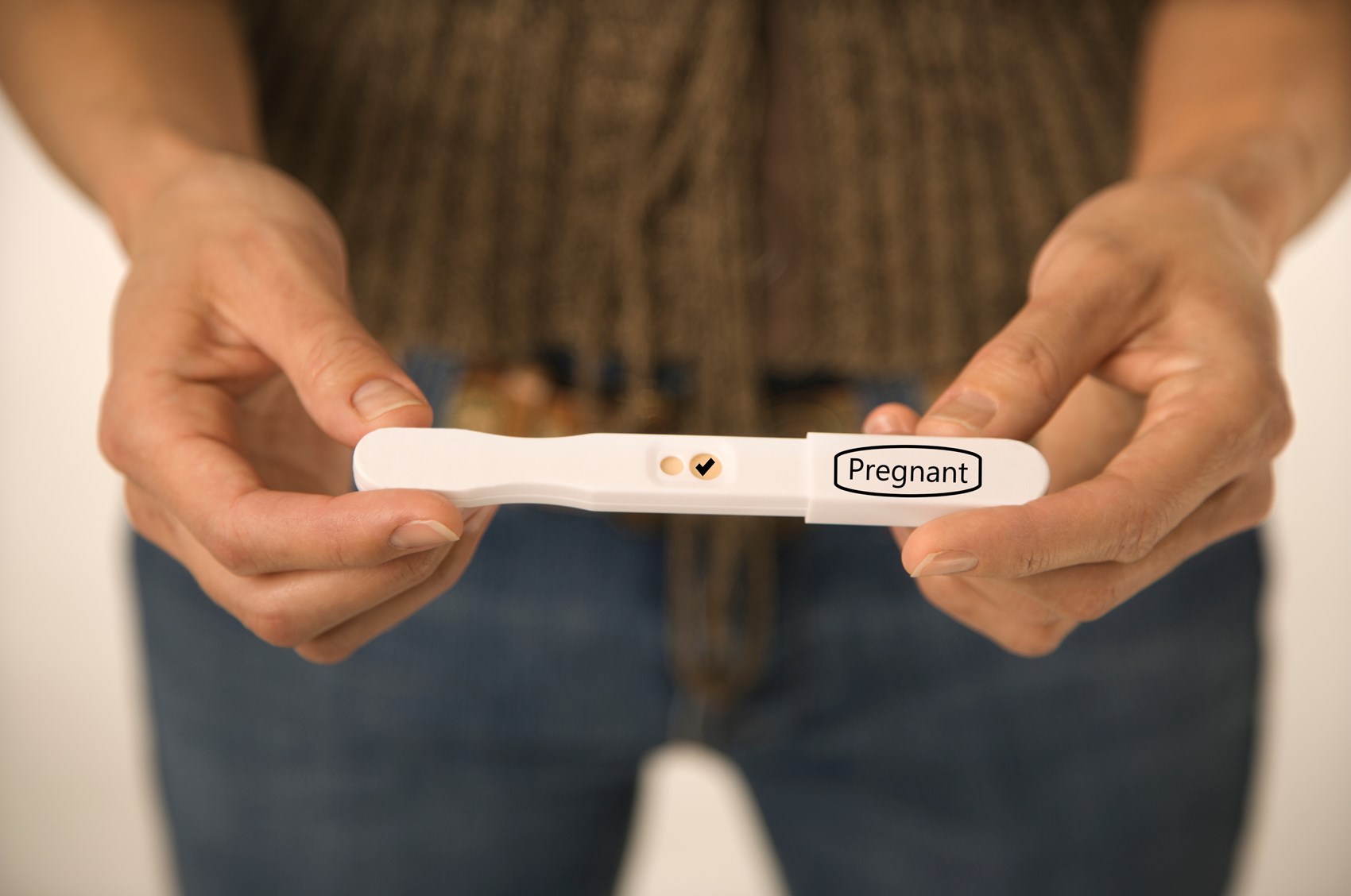Be part of the solution and make a difference

Studies that have examined fertility and pregnancy outcomes in women with psoriasis have reported conflicting findings, mainly due to limitations of study design. Most studies had small sample sizes (<100 women) and were therefore too small to detect significant differences. In addition, most studies lacked a matched comparison group and hence were unable to estimate the association of fertility and adverse pregnancy outcomes in women with psoriasis, when compared with the general population.
Therefore, in this very recent, large population-based cohort study from the UK, researchers aimed to investigate fertility rates and pregnancy outcomes in patients with psoriasis, compared with matched, non-psoriatic controls. They used data from 887 primary care practices, who contributed to the UK Clinical Practice Research Datalink GOLD database between 1998 and 2019. Overall, there were 4,224,536 female patients in the dataset, 63,681of whom had psoriasis. Of these, 3252 (5.1%) were classified as having moderate-to-severe disease, defined as having been prescribed systemic treatments (methotrexate, apremilast, ciclosporin etc), phototherapy or biologic therapies (adalimumab, secukinumab, ustekinumab etc). For each patient with psoriasis, 5 comparators without psoriasis were identified. The median follow-up was 4.1 years.
Outcome measures included pregnancy losses (including miscarriages, ectopic pregnancy, and any unspecified loss), antenatal haemorrhage, hypertension, gestational diabetes, preeclampsia, and caesarean section.
Results showed that overall, women with psoriasis had higher fertility rates than controls, but that women with moderate-severe psoriasis had lower fertility rates. They also found that patients with psoriasis had a slightly higher risk of pregnancy loss. However, there were no significant differences between the groups in the risks of antenatal haemorrhage, gestational hypertension, gestational diabetes, pre-eclampsia, or caesarean delivery.
Comment
For most women with psoriasis these findings are reassuring. They show that for the majority (95%), fertility rates are actually higher than in controls. Overall, fertility rates in women with psoriasis follow national trends. In the group with moderate-severe disease, however, fertility rates were significantly (25%) lower, and the researchers speculate on what mechanisms might account for this. Their observation that women with psoriasis had a statistically higher risk of pregnancy loss, needs to be treated with caution, because it really is only a slight increase, of little practical significance. It was also reassuring that there was no significant increase in risk of other pregnancy-associated complications.
The take-home message is that whilst women with moderate-to-severe psoriasis may find it more difficult to conceive, when they do, they (as with those with mild psoriasis) do not have a significantly increased risk of pregnancy-associated complications.
Reference
Chen TC, Iskandar IYK, Parisi R, et al. Fertility Trends and Adverse Pregnancy Outcomes in Female Patients with Psoriasis in the UK. JAMA Dermatol. 2023; 159:736-744.
